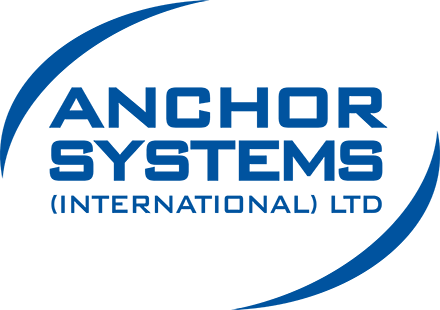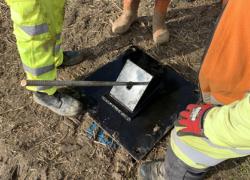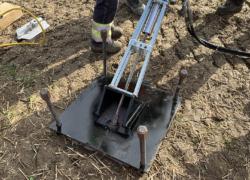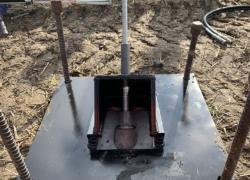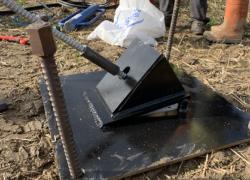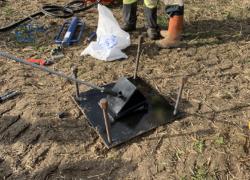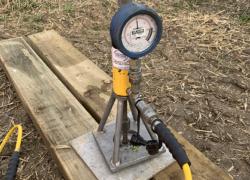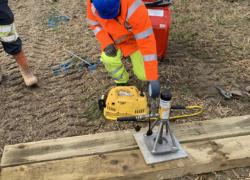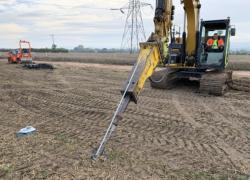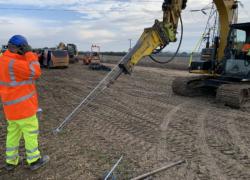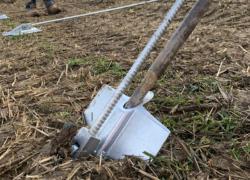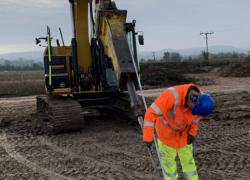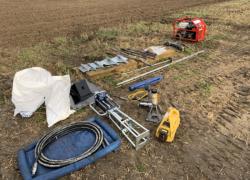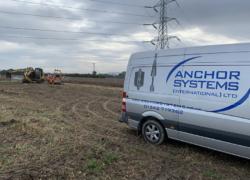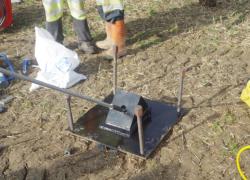Environmental Case Study with Balfour Beatty
Posted on 9th April 2021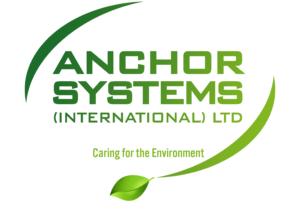
The Challenge
Traditionally, anchorage solutions for backstays use steel sledges with concrete kentledge blocks loaded on to them. This method requires large quantities of concrete blocks to be delivered to the site yard from Balfour Beatty’s Raynesway, Derby stores, then distributed to site using a Man 4×4 wagon with Hiab to install. The maximum number of blocks that can be carried at any one time is 4, meaning several trips are required per location. Additionally, temporary works are required, and Trackway is also needed to get the Man 4×4 to site.
The Measure
Together with the Innovations Team, the project team at ZL Great Missenden OHL pioneered the use of the Vulcan Earth Anchor system (distributed by Anchor Systems International) as an alternative to the traditional method of anchorage. These earth anchors are installed by inserting a drive rod into the anchor driving point and knocking them into the ground. The anchors are driven into the ground by using hand tools or excavators. Ground level anchor plates can be manufactured to the required angle for each individual location as needed.
This innovative alternative meant the reduction of materials used, decreased need for temporary works, removed the need for trakway installation, reduced the construction ecological footprint (for size, setup and delivery) and reduced transport costs. Additionally, the steel drive rods can be removed and reused again. Also recycled wooden pallets are used which are returned to supplier for re-use and the plastic shrink wrap used by Anchor Systems is a Biodegradable wrap.
“Having witnessed the use of this system on site, I found the ease of this installation, very impressive. The logistical reduction and numerous beneficial practicalities speak for themselves and I would like to see the implementation of this system on other schemes where possible”
Andy Robinson, Project Supervisor National Grid.
The Results
- Reduce relative project ecological footprint through reduction in temporary works and removal of required trakway installation (the need for 915m of trakway was mitigated)
- Reduced need for possible trakway ecological mitigations (i.e. trakway sealing for Great Crested Newts/reptiles)
- Delivering a cost saving of £11,849.74 (trackway and transportation costs)
- Material reuse
- Reduced project carbon footprint for backstays from 260,775kg to 7,727kg, for a total saving 253,048kg CO2*
*Calculated using National Grid’s Carbon Interface Tool (CIT)
Download this report HERE
